Understanding where leopard sharks live and thrive might seem like a mystery due to the diverse information available. Without a clear guide, grasping the specific habitats of leopard sharks can feel puzzling, making it challenging to visualize their preferred living spaces.
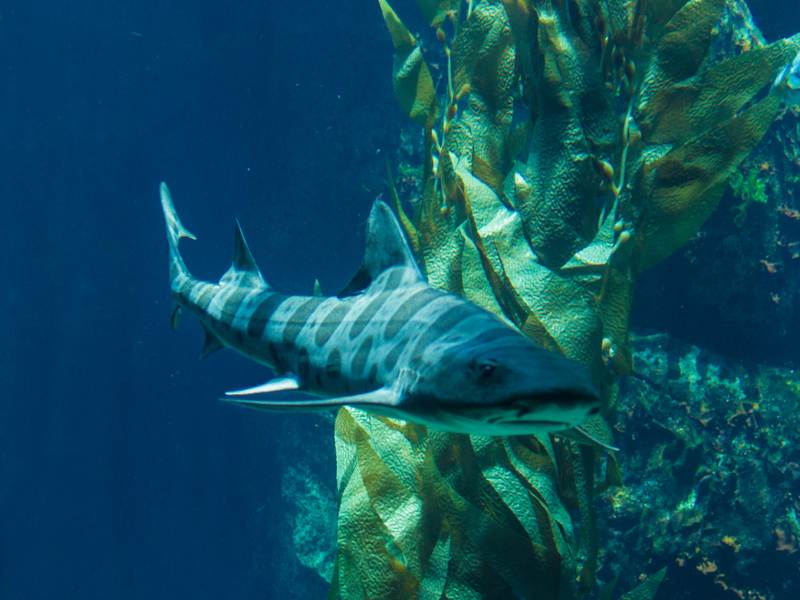
This guide on Leopard Sharks Habitat is here to shed light! By the end, you’ll have a clear picture of where these sharks call home, making it easier to appreciate their role in the underwater world. Let’s dive into the amazing habitats where leopard sharks thrive!
Introduction to Leopard Shark Habitats
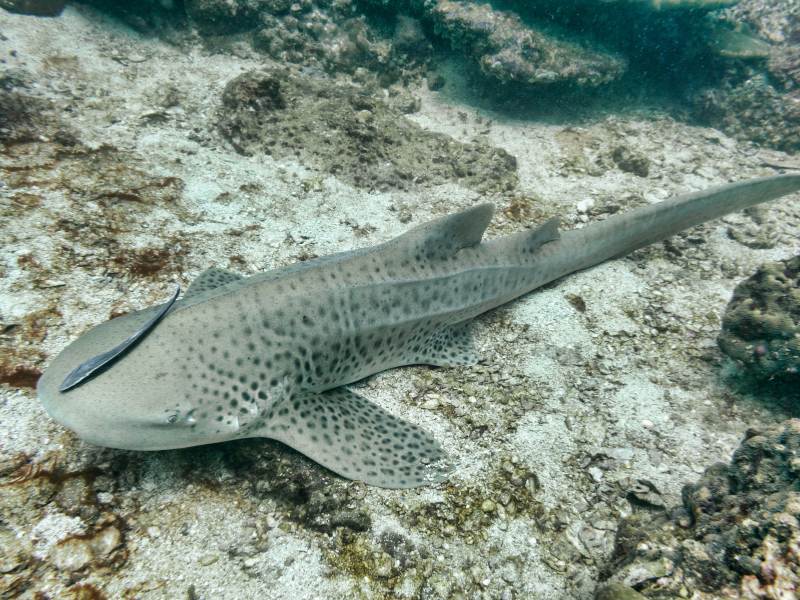
Leopard sharks, scientifically known as Triakis semifasciata, are small coastal sharks found predominantly in the eastern Pacific Ocean regions. As their name suggests, these sharks have distinctive dark spots all over their bodies that resemble the spots found on leopard skins.
They play an important ecological role as top predators in nearshore marine environments. This blog aims to provide a comprehensive overview of leopard shark habitats by exploring their geographic distribution, habitat preferences, ecological niches, behaviors, and conservation efforts.
Geographic Range and Presence
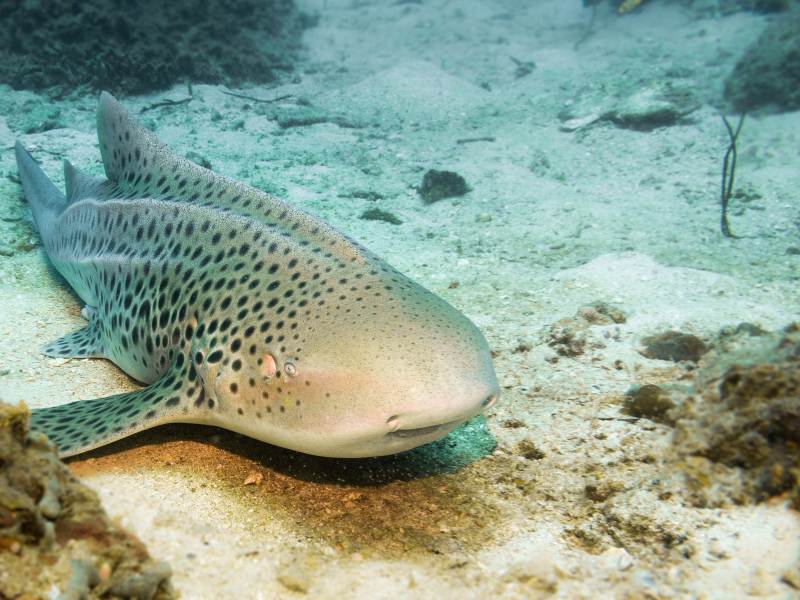
One of the key aspects of understanding any species’ habitat is knowing their geographic range or natural distribution. Leopard sharks are found all along the eastern Pacific coast, ranging from the Pacific Northwest in the United States to the Gulf of California in Mexico.
Within this range, their presence is most common in the coastal waters of California, Oregon, Washington, and northwestern Mexico. Some of their stronghold habitats include the waters around San Diego, California, and the Gulf of California.
Specific Habitat Preferences
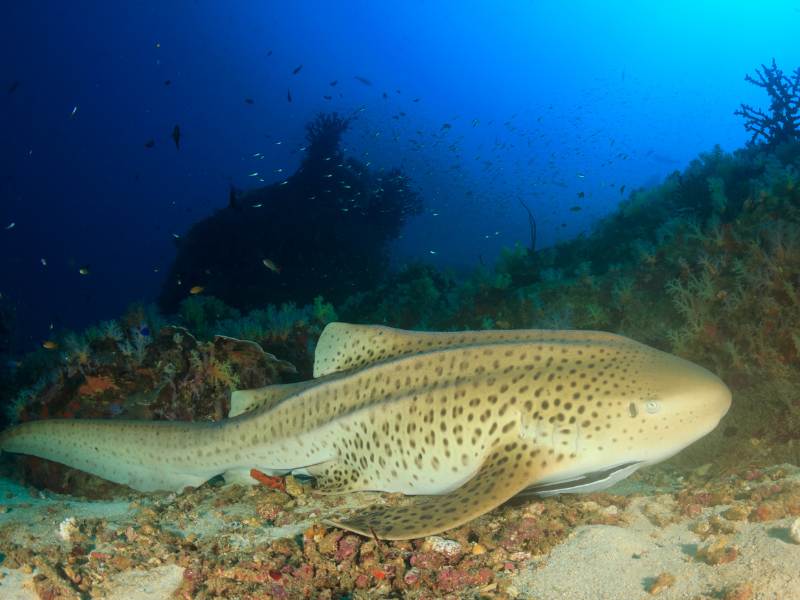
When it comes to selecting suitable habitats, leopard sharks demonstrate certain clear preferences. They prefer shallow coastal waters, usually inhabiting areas less than 100 meters deep. Some of their favored habitats include sandy flats, muddy bays, estuaries, and rocky reefs located in shallow water.
Unlike many other shark species that thrive in open oceans, leopard sharks seek out protective nearshore environments like eelgrass meadows which offer food and shelter.
Depths and Ecological Niche
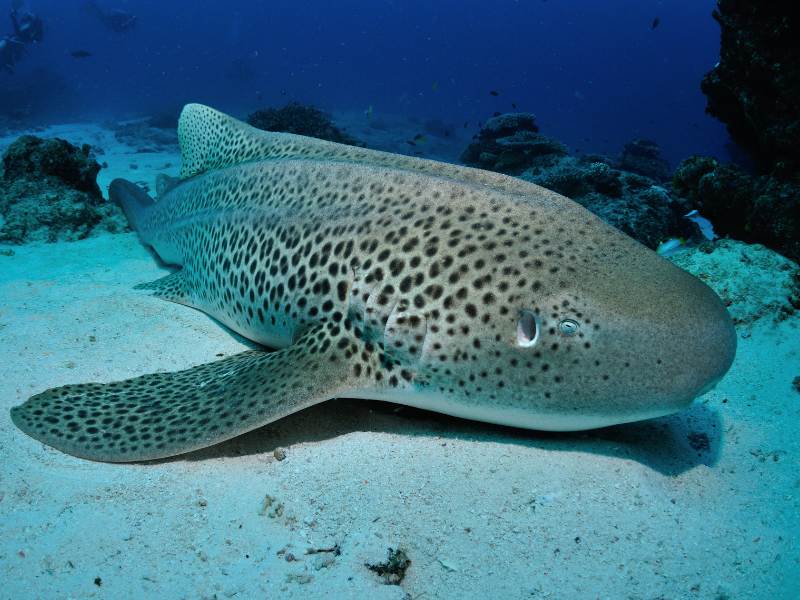
As mentioned earlier, leopard sharks are mostly found in shallow waters less than 100 meters deep. However, they occupy different depths based on their life stage. Young pups tend to stay very close to shore in depths as shallow as 1-2 meters.
Meanwhile, subadult and adult leopard sharks regularly inhabit depths ranging from 4-90 meters. Their preferred depths place them perfectly in the ecological niche of near-bottom predators that forage along sea floors and river beds for crustaceans, mollusks, and small fishes.
Leopard Sharks’ Feeding Behavior in Their Habitat
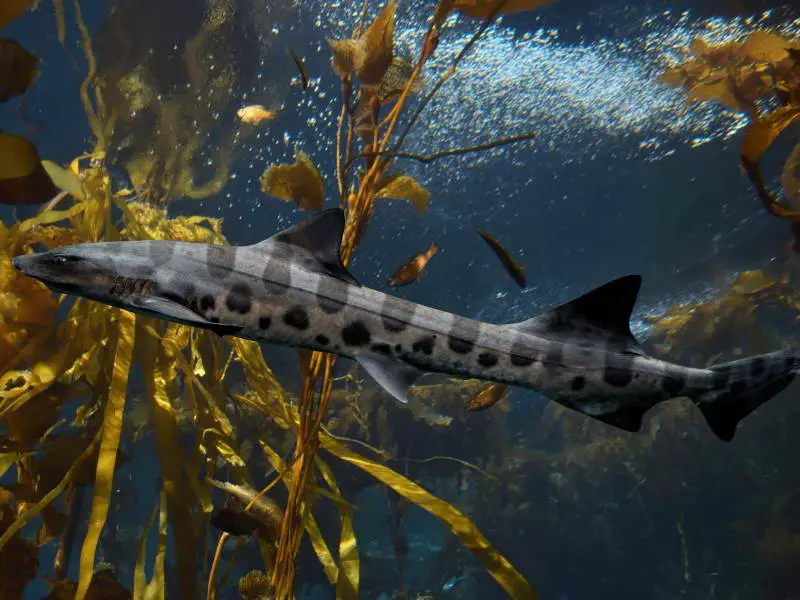
Leopard sharks are opportunistic bottom-feeders that actively search for food along sandy and muddy substrates. As mentioned earlier, their diet chiefly comprises small invertebrates like crabs, shrimp, clams, and polychaete worms that live or crawl on the sea/river floor.
Their feeding behaviors are attuned to exploit diffuse prey in nearshore benthic habitats. Unlike some other shark species that feed aggressively, leopard sharks are not considered dangerous to humans while foraging.
Behavioral Traits in Natural Habitats
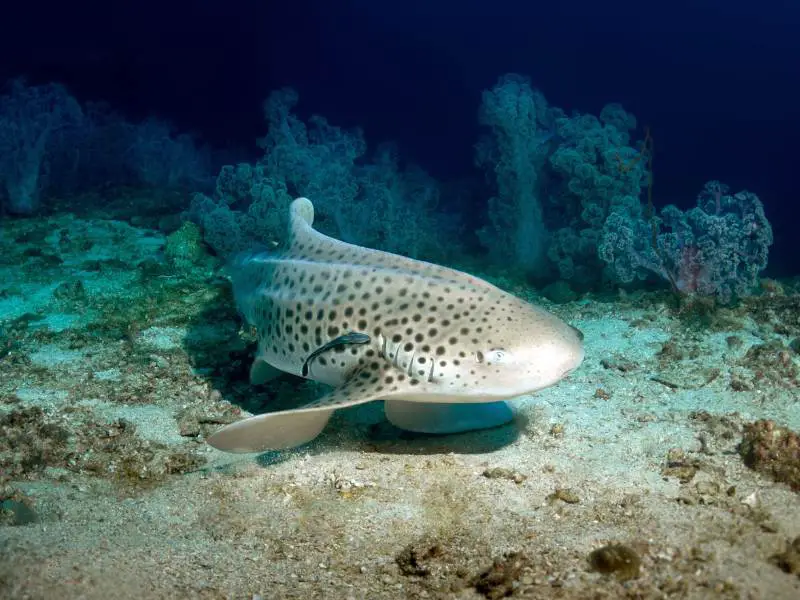
Several traits help leopard sharks thrive in their natural habitats. As benthic predators, they are well adapted for maneuvering and searching the bottom for cryptic prey. Their slender bodies and strong pectoral fins enable swift swimming close to the ocean floor. Leopard sharks also have a keen sense of smell to detect food in sediments.
Additionally, their spots provide camouflage from both prey and predators in dappled light environments. However, leopard sharks are rather timid and tend to flee rapidly when disturbed in their coastal sanctuaries.
Interaction with Humans in Their Habitat
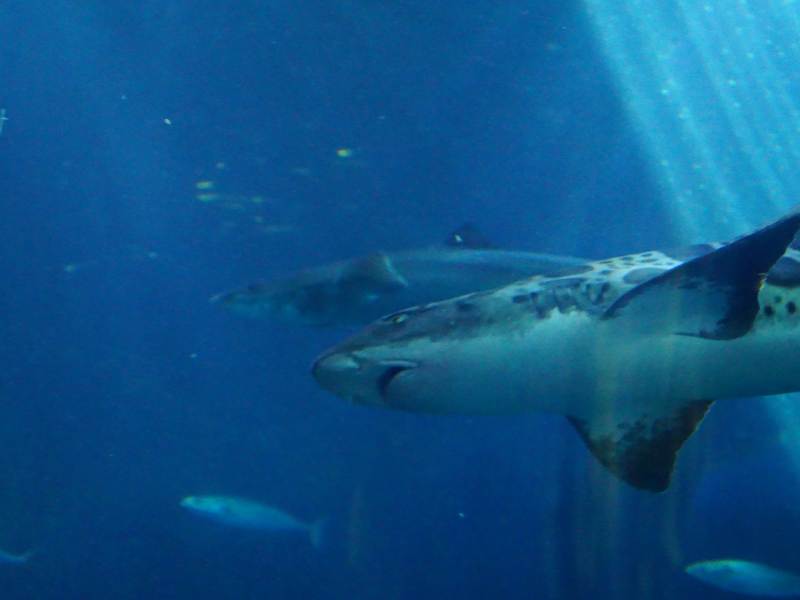
While leopard sharks inhabit areas with human presence like estuaries and bays, there is limited interaction. This is because leopard sharks demonstrate shy, retiring personalities and avoid confrontation. Reports of leopard shark bites are extremely rare and usually result from provocation or mistaken identity.
However, increasing human impacts on coastal habitats through pollution, recreational activities, and coastal development threaten leopard shark habitats. Proper management and conservation action are required to preserve these unique habitats.
Conservation Efforts and Preserving Habitats
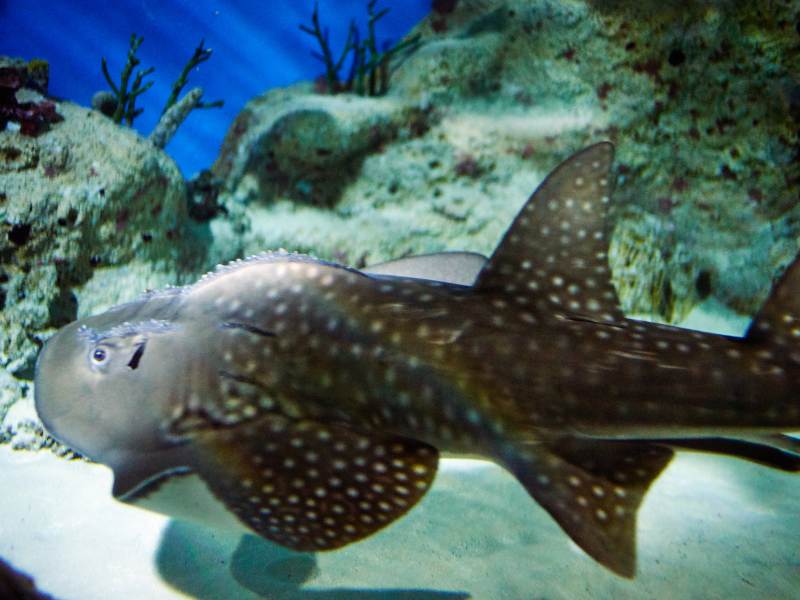
Thankfully, leopard sharks are still relatively widespread along the eastern Pacific coast. However, pressures on their critical nearshore habitats warrant proactive conservation efforts. A few key initiatives aim to protect leopard sharks and their habitats. Some countries and states have designated certain leopard shark habitats as Marine Protected Areas with strict regulations.
Environmental groups also work on habitat restoration and public awareness. Further research helps improve understanding and informed decision-making. Sustainable fishing practices and limiting coastal destruction will be paramount in conserving these unique spotted sharks and their habitats for posterity.
Also Read: Leopard Shark Size and Weight
Conclusion
In summary, leopard sharks demonstrate specific habitat preferences across their eastern Pacific range, centered around shallow protective bays, estuaries, and reefs. As bottom-dwellers, they occupy depths suited for benthic foraging and thrive by exploiting diffuse prey with innate camouflage and traits.
While generally avoiding human interactions in their habitats, increasing development poses serious threats. Awareness, protection of nursery grounds, and regulated activities will be crucial to preserving leopard shark habitats and ensuring the long-term survival of these remarkable little sharks.
